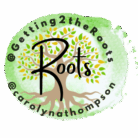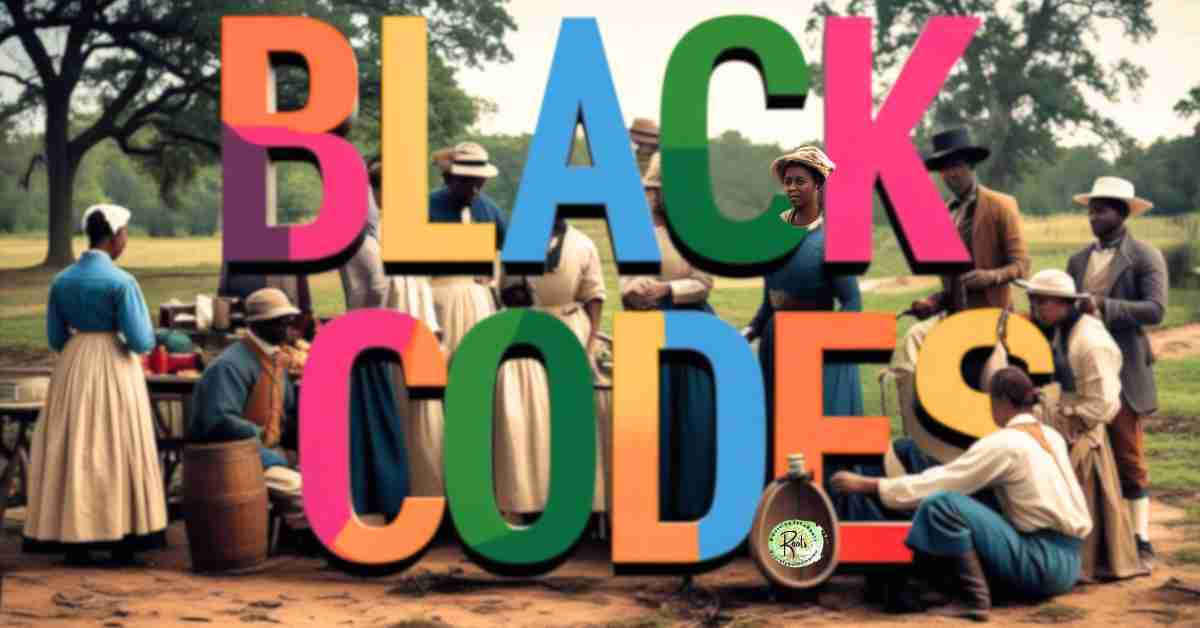Black Codes shaped life in ways that turned freedom into another trap right after the Civil War. People thought liberty had finally come, but states quickly twisted new rules to keep control. A freed man might wake up one morning free, only to learn he needed a paper contract to work. If he refused, he faced arrest and jail. That’s how fast hope turned back into chains of law.
Was Freedom Real If Work Was Forced?
Black Codes shaped life by forcing labor back into chains of control. When the Civil War ended, freed people believed they could finally choose their own work. Instead, states rushed in with labor contracts.
Picture this: a man stands in front of a courthouse, and told to sign a contract with the same landowner. Who once enslaved him. The paper demands long hours, little pay, and obedience. If he refuses, he risks arrest for vagrancy. That threat hangs heavy over every decision.
These contracts locked people into cycles of poverty. Families could not walk away from unfair terms without facing the law. Children grew up watching their parents tied to land that never belonged to them. What looked like freedom on paper became another system of forced labor in real life.
The rules changed from Mississippi to Georgia to Texas, but the aim stayed the same. Black workers stayed trapped in fields, building wealth for others while struggling to feed their own families.
How Black Codes Shaped Life Through Vagrancy Laws
Black Codes shaped life by turning unemployment into a crime. After the Civil War, vagrancy laws targeted freed people who had no job or permanent home. These laws were written vaguely, giving sheriffs and judges power to arrest almost anyone they chose.
A freed man walking without papers could be accused of vagrancy. Once arrested, the fines were heavy. Most could not pay, so they were leased out to farms, railroads, or businesses. This kept a steady flow of cheap labor moving straight from the jail to the fields.
Black Codes shaped life by trapping people in a cycle. Poverty led to arrest. Arrest led to forced labor. Labor ended, but without land or wages, poverty returned. Families lived with fear that simple survival could be treated as a crime.
Across the South, the laws looked different but worked the same. Vagrancy laws gave the state a tool to keep freed people under control and to feed the economy with their labor. Freedom existed on paper, but in practice, unemployment was punishable by law.
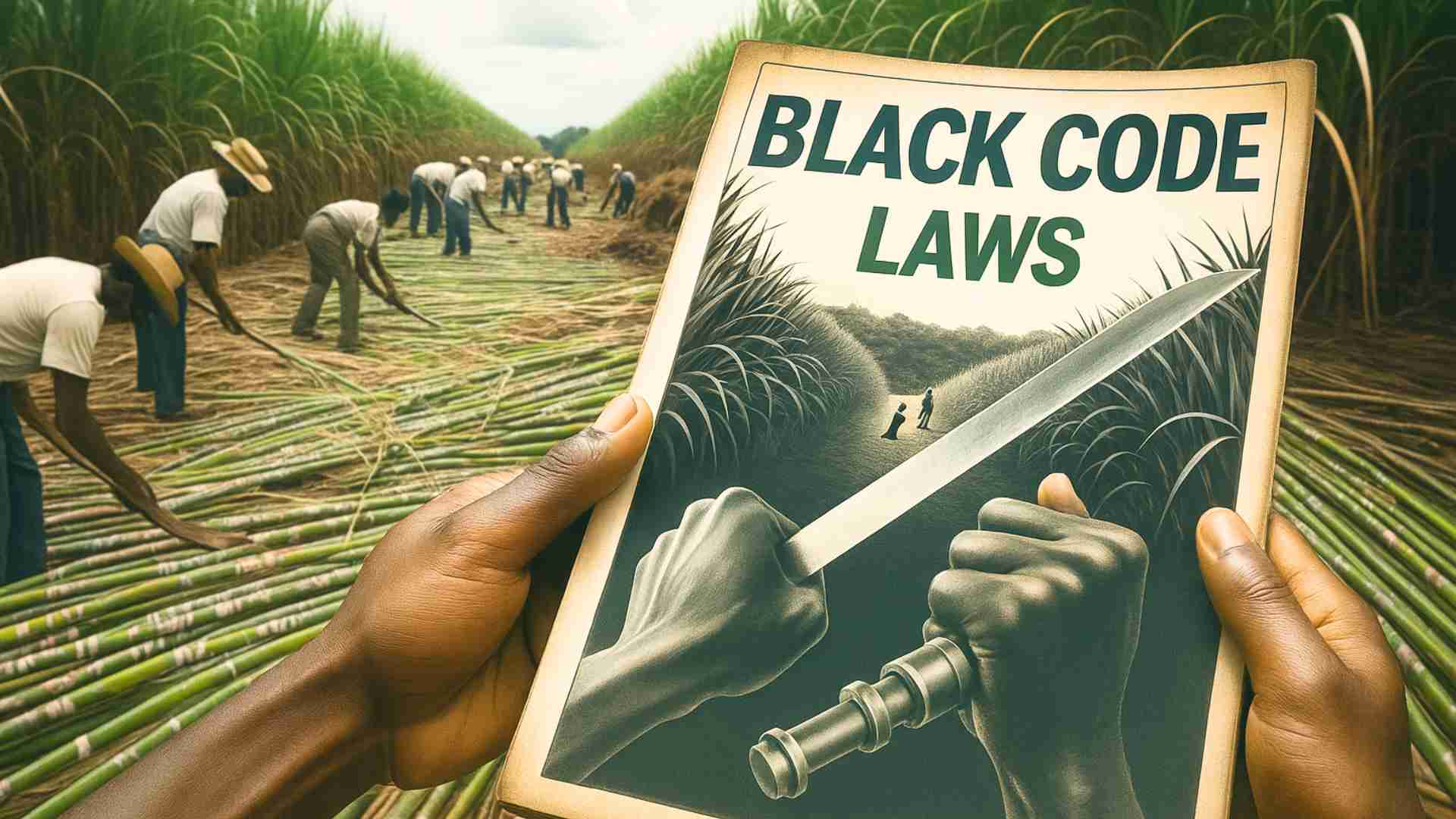
Did Black Codes Shaped Life by Forcing Children Into Labor?
Black Codes shaped life not only for adults but for children too. Courts allowed white landowners to take custody of Black children if parents were judged “unfit” or “unable” to provide. Poverty alone was often enough reason for the court to step in and strip families of their children.
These children were then bound by apprenticeship contracts. On paper, it looked like training. In reality, it was unpaid labor. Boys were sent to fields, while girls were forced into domestic work. The agreements often lasted until adulthood, leaving little chance for education or freedom.
These children were then bound by apprenticeship contracts. On paper, it looked like training. In reality, it was unpaid labor. Boys worked in fields, while girls labored in white households. The agreements often lasted until adulthood, leaving little chance for education or freedom.
Across the South, the laws looked different but produced the same result. Black children became a cheap labor force, denied both family life and opportunity. Their futures were controlled long before they had a chance to begin.
How Black Codes Shaped Life by Limiting Education
Black Codes shaped life by blocking access to education. Freed people understood that learning to read and write meant power. White lawmakers knew it too, and many states worked to keep education out of reach.
In some places, schools for Black children were outright banned. Where schools did exist, they were underfunded, overcrowded, and poorly supplied. Teachers who tried to educate freed children faced harassment and threats.
This was not an accident. Limiting education was a way to limit progress. Without literacy, freed people struggled to understand contracts, defend themselves in court, or claim their rights as citizens.
Black Codes shaped life by making knowledge dangerous. By restricting education, they kept communities tied to labor and away from opportunity. Generations carried the weight of those limits, proving that denying education was as much a weapon as chains had once been.
In What Ways Black Codes Shaped Life Through Land Limits
Land meant independence. It meant growing food, building wealth, and passing something down to the next generation. That’s exactly why the Black Codes worked to keep it out of reach.
Some states banned Black families from owning land in towns. Others blocked them from buying farmland altogether. Even when ownership wasn’t fully banned, restrictions and high costs made it nearly impossible.
The result? Most Black families were forced into sharecropping or renting from the same white landowners who once enslaved them. That kept the money and the power flowing in one direction, away from freed people and back into white hands.
The promise of “forty acres and a mule” never came true. Instead, the Black Codes shut the door on Black independence. Without land, families had no way to build wealth. Poverty wasn’t an accident. It was written into the law.
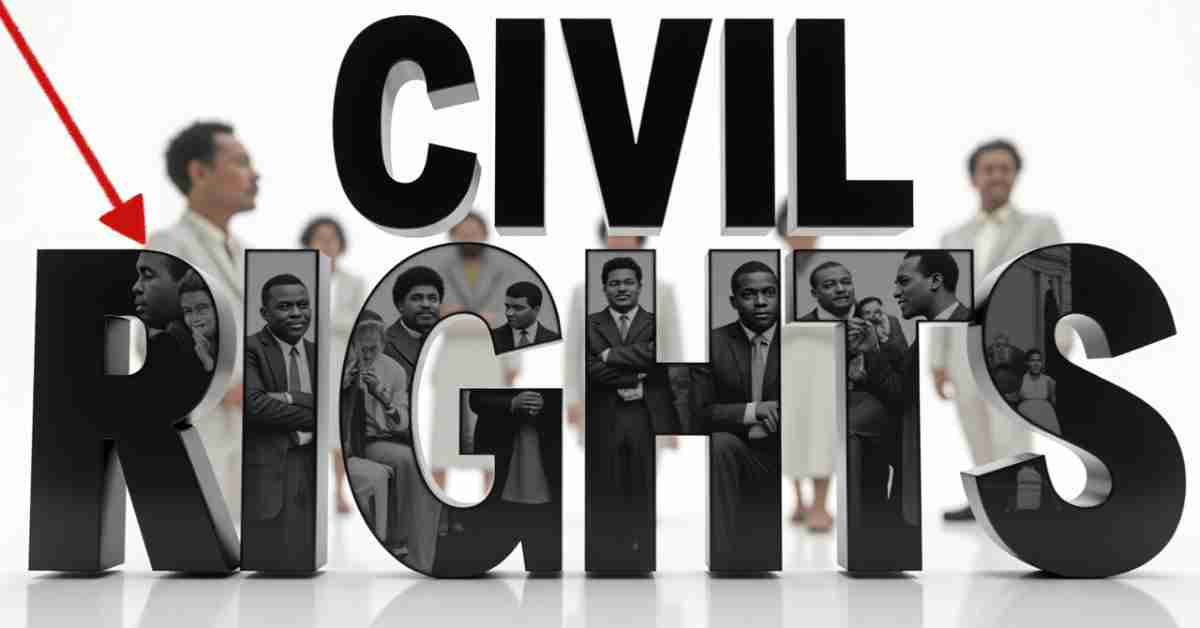
Were Civil Rights Promises Ever Real After the War?
After the Civil War, new amendments promised equal rights. On paper, Black people were citizens. They were supposed to have protection under the law. But the Black Codes stripped those promises bare.
In many states, Black people couldn’t testify against a white person in court. That meant if a crime was committed against them, their voice carried no weight. Justice was out of reach before the trial even began.
Voting was another wall. Some states set up poll taxes, literacy tests, and other tricks to stop Black men from casting a ballot. Rights that were written into law were blocked by loopholes and violence on the ground.
Civil War existed in speeches and paper documents, but the reality was different. The Black Codes made sure freedom came with limits. The system kept power in the same white hands it always had.
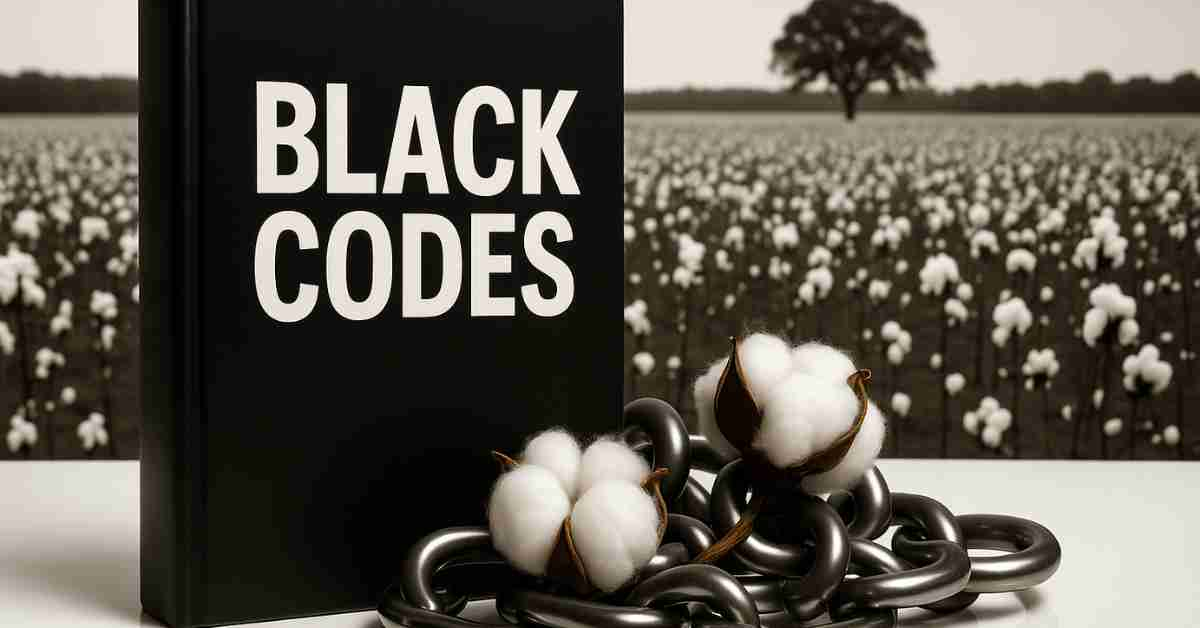
How Did Segregation Become the Law of the Land?
The Black Codes planted the seeds of segregation long before Jim Crow made it official. These laws divided daily life, making sure Black people and white people lived in separate worlds.
Black people were forced into separate schools, barred from many public places, and kept out of white neighborhoods. Even basic services were split, and the ones set aside for Black families were always underfunded and inferior.
This wasn’t just social custom — it was law. Segregation meant control. It sent a clear message that freedom had limits, that equality would not be honored, and that Black people were to remain second-class citizens.
Segregation built walls that lasted for generations. What started with the Black Codes didn’t just end with slavery, it shaped the everyday reality of America for decades to come.
Was Freedom Itself Punished by the Law?
The Black Codes made even the smallest act of freedom dangerous. Laws punished Black people for choices that should have been basic rights.
If someone left a job without permission, they could be fined or jailed. If a group gathered without approval, it was treated as a crime. Even speaking out or trying to organize could bring punishment.
These penalties weren’t about justice. They were about keeping control. The system made sure Black people stayed tied to landowners, employers, and the state.
It was a constant reminder that freedom had strings attached. Every step forward carried the risk of punishment. In the eyes of the law, freedom itself was treated like a crime.
Why Was Joblessness Treated Like a Crime?
Black Codes shaped life by turning unemployment into a punishable offense. If a freed person didn’t have proof of steady work, the law called them a vagrant. That label carried fines, jail time, or forced labor.
Think about it, freedom was supposed to mean the right to choose when and where to work. But under the Black Codes, joblessness was treated like a crime. A man looking for better pay or a woman caring for children at home could be dragged into court simply for not holding the right papers.
Once arrested, counties leased Black people to farms, railroads, or businesses. Joblessness became the doorway back to the fields, back to chains, back to forced labor.
The message was clear: Black Codes shaped life so that every path led to labor for someone else’s profit. Whether through contracts, prisons, or fines, freedom was always under attack.
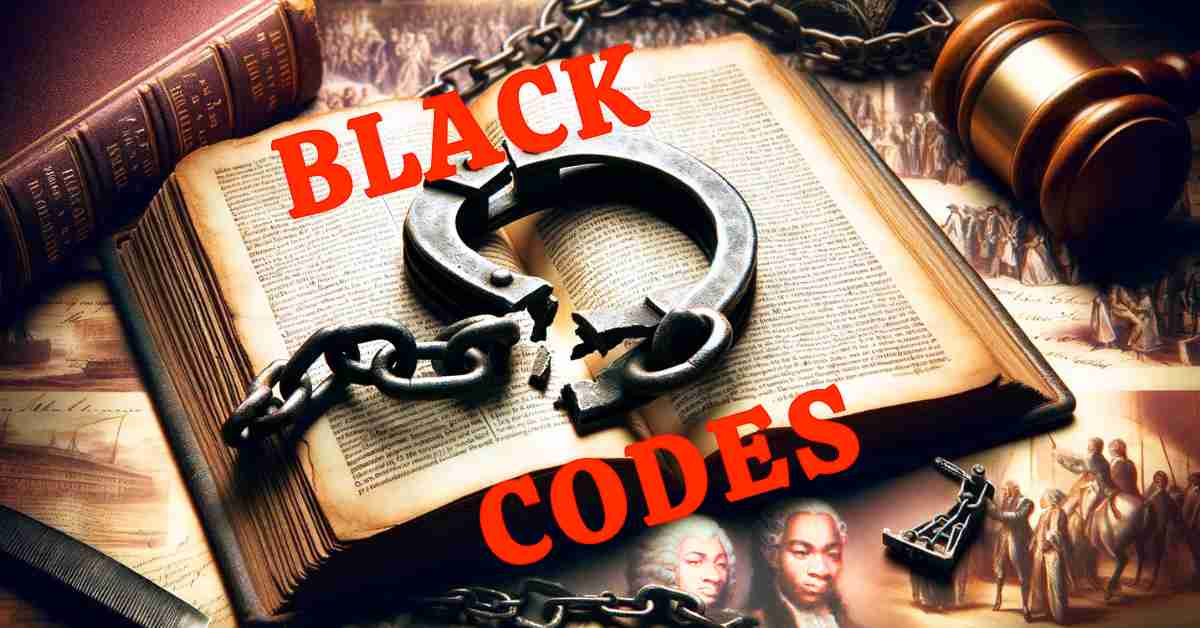
How Black Codes Shaped Life: Assembly and Arms Bans
Black Codes shaped life by stripping away the right to gather and the right to defend. Freed people who tried to meet in groups, churches, education, or political organizing. often faced restrictions or outright bans.
A simple gathering could be broken up, and leaders could be fined or jailed. At the same time, Black people were barred from owning or carrying weapons.
White lawmakers understood that if freed men and women had the ability to protect themselves, they would resist the new system of control. By removing access to arms, the Black Codes left Black communities vulnerable to violence and intimidation.
These laws weren’t just about safety or order. They were about keeping power one-sided. Black Codes shaped life so that unity and defense were seen as threats, while oppression was protected by law.
Did Travel Papers Keep Black People Truly Free?
Black Codes shaped life by controlling movement. Freedom was supposed to mean you could walk, work, and travel where you chose. But under the Black Codes, Black people needed special papers or passes just to move from one place to another.
If someone was stopped without the right documents, they could be arrested on the spot. That meant even leaving home to visit family, look for work, or start fresh in a new town was risky. Travel became a privilege granted by the state, not a right of freedom.
This system kept Black families tied to plantations and towns where landowners wanted them. It blocked independence and punished mobility. Black Codes shaped life so that freedom was always under watch, always questioned, and always fragile.
Keep Learning the Truth They Tried to Hide
Keep learning the truth they tried to hide. Want more history like this? History in Motion playlist. From Selma to the March on Washington, I break down what really happened—and why it still matters.
Real History, People, And Power
And, real history, people, and power. If you are ready to go deeper, watch the True History EXPOSED playlist on my YouTube channel. These stories are raw, real, and rooted in facts. Let’s honor our ancestors, speak truth, and keep pushing for justice together.
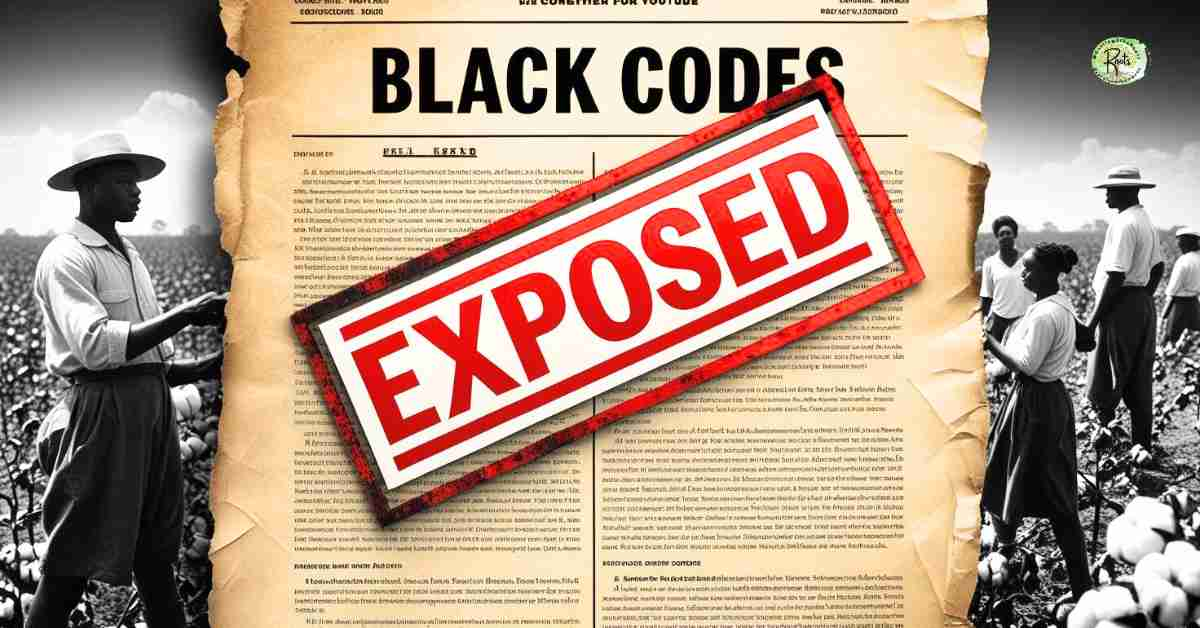
Conclusion
Black Codes shaped life in ways that reached far beyond the years right after the Civil War. They controlled labor, stole children, blocked land ownership, stripped rights, and punished freedom at every turn. On paper, the war ended slavery.
In reality, the Black Codes carried it forward under new names and new laws. The impact didn’t stop in the 1800s. The systems built through the Black Codes shaped life for generations — through segregation, mass incarceration, and economic barriers that still exist today.
To understand America’s struggles with justice, equality, and freedom, we have to face this truth. Black Codes were not just history. They set patterns we are still fighting to break.
FAQ: How Black Codes Shaped Life in America
- What were the Black Codes?
- Black Codes were laws passed in Southern states after the Civil War to control freed Black people and limit their new rights.
- How did Black Codes shape life for freed people?
- They forced unfair labor contracts, criminalized unemployment, took children from families, restricted land ownership, and banned assembly and weapons.
- Were Black Codes the same as Jim Crow laws?
- Not exactly. Black Codes came right after the Civil War, while Jim Crow laws expanded later. But the Black Codes laid the foundation for segregation and discrimination.
- Why did states create Black Codes?
- To keep control over Black labor and maintain white economic and political power, even after slavery was officially ended.
- Do we still see the effects of Black Codes today?
- Yes. Many modern systems, like mass incarceration and economic inequality, trace their roots back to the restrictions and punishments first enforced through the Black Codes.
